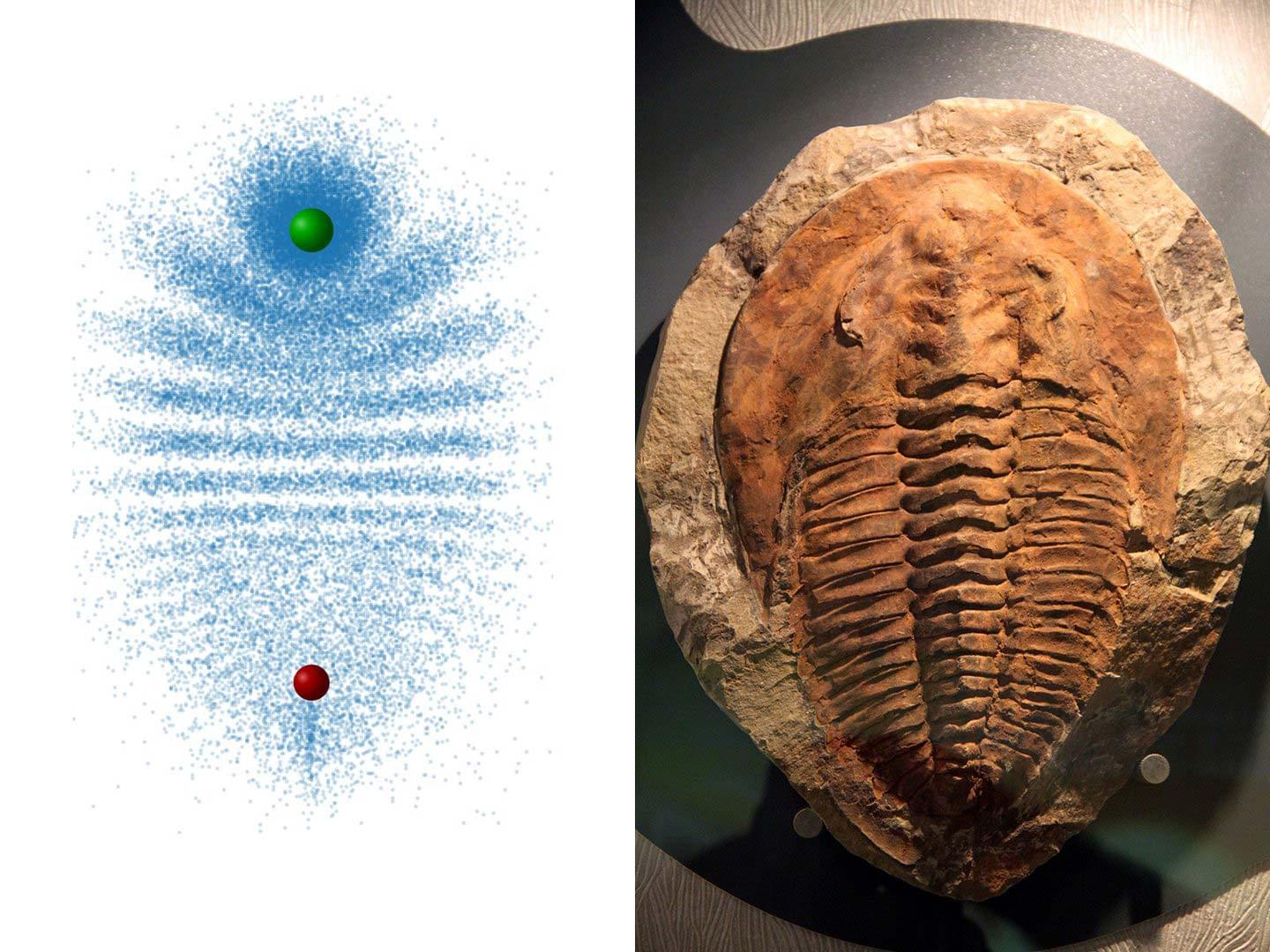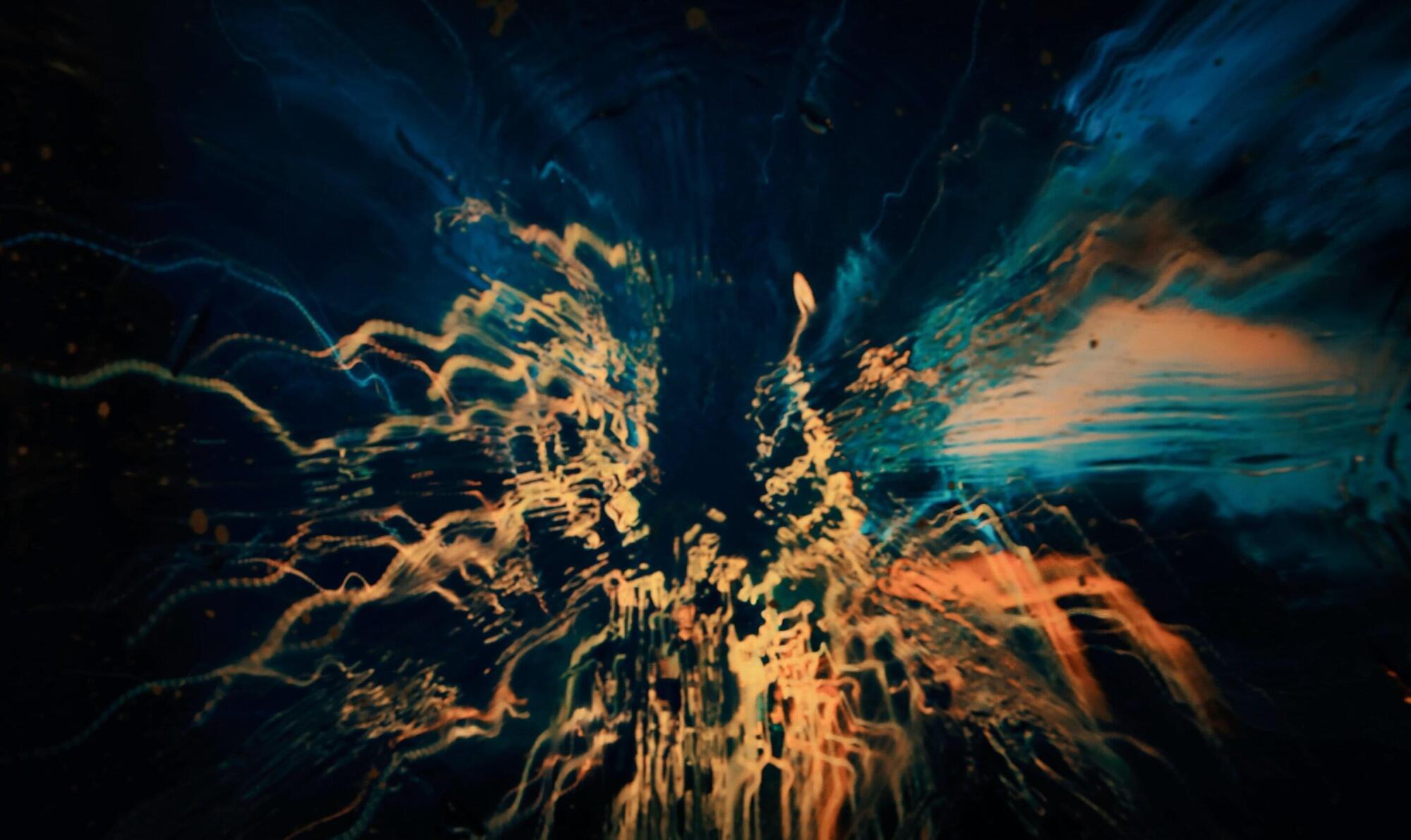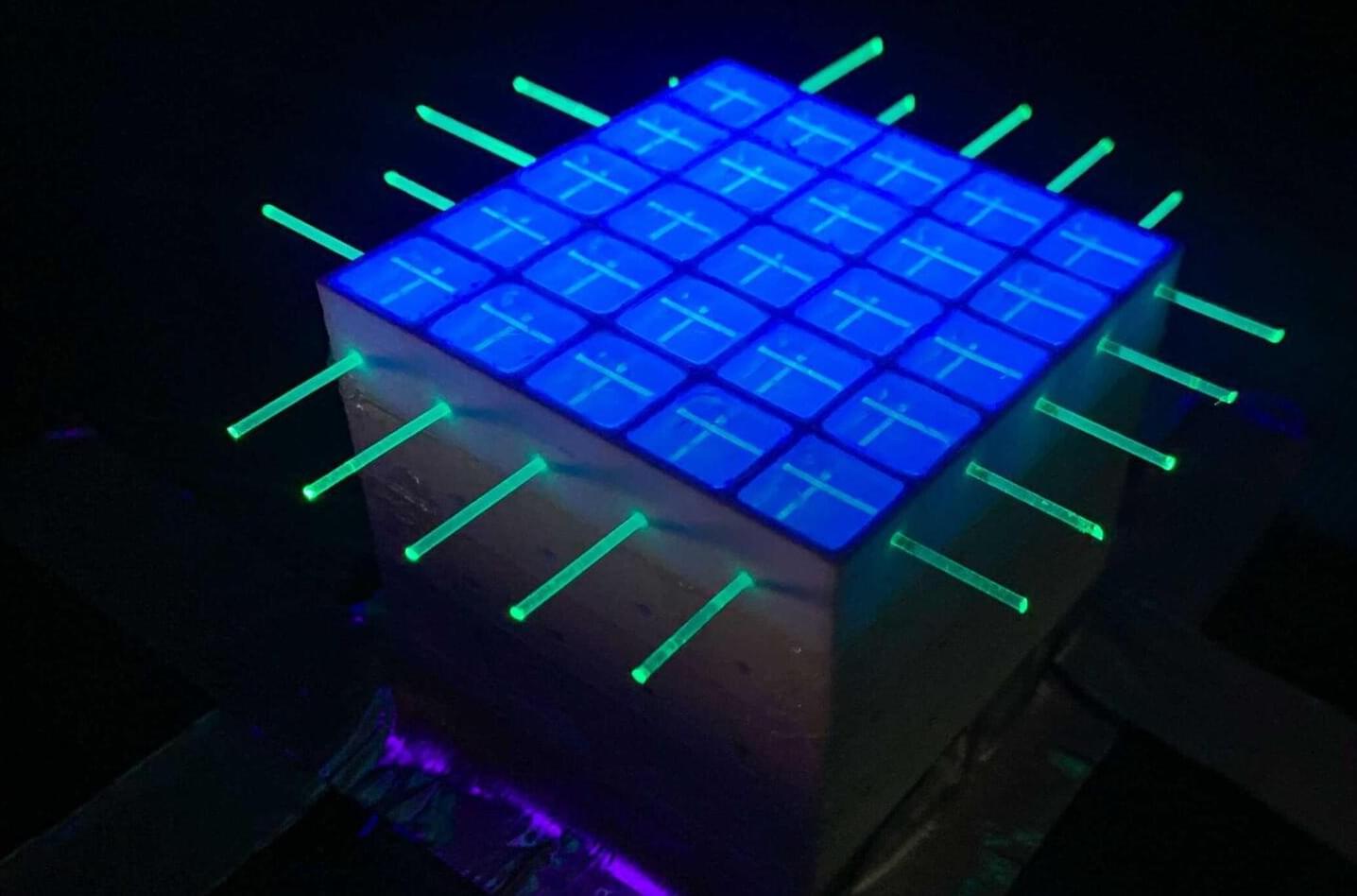Blog post with audio player, show notes, and transcript: https://www.preposterousuniverse.com/podcast/2019/06/17/epis…formation/
Patreon: https://www.patreon.com/seanmcarroll.
Cosmologists have a standard set of puzzles they think about: the nature of dark matter and dark energy, whether there was a period of inflation, the evolution of structure, and so on. But there are also even deeper questions, having to do with why there is a universe at all, and why the early universe had low entropy, that most working cosmologists don’t address. Today’s guest, Anthony Aguirre, is an exception. We talk about these deep issues, and how tackling them might lead to a very different way of thinking about our universe. At the end there’s an entertaining detour into AI and existential risk.
Anthony Aguirre received his Ph.D. in Astronomy from Harvard University. He is currently associate professor of physics at the University of California, Santa Cruz, where his research involves cosmology, inflation, and fundamental questions in physics. His new book, Cosmological Koans, is an exploration of the principles of contemporary cosmology illustrated with short stories in the style of Zen Buddhism. He is the co-founder of the Foundational Questions Institute, the Future of Life Institute, and the prediction platform Metaculus.






